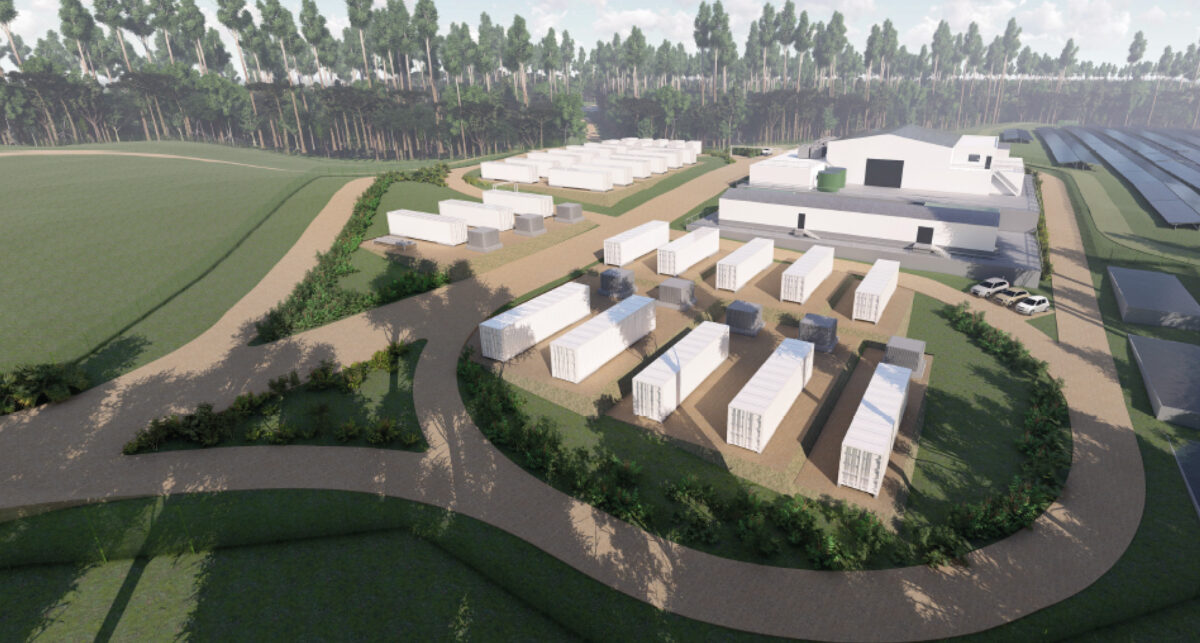French hydrogen specialist HDF Energy expects to commission a factory for multi-megawatt fuel cell mass production in summer 2024 in Bordeaux, France.
“The end of construction of the factory is in January, we need then five months to install the industrial part,” HDF Energy CEO Damien Havard told pv magazine.
The hydrogen fuel cell plant is waiting for support from the European authorities. The facility has been pre-listed as an Important Project of Common European Interest (IPCEI).
“The European Commission is closing the third wave of IPCEIs. HDF Energy is part of the fourth wave. We hope to reach the final agreement with European authorities in the beginning of 2024,” said Havard. “These subsidies will be used to deploy fuel cells for train and marine markets.”
The company has a diversified strategy. It said it is focused on proposing power-to-power and hydrogen-to-power solutions “worldwide,” in order to supply baseload renewable electricity to grid operators.
In non-EU-countries, it will also be a developer of renewable installations and a producer of green hydrogen infrastructure geared toward the production of low-carbon hydrogen.
“We will be our own first clients,” said Havard.
Havard noted that HDF Energy is working on projects in 30 countries. He said the first project under construction is in French Guyana, followed by Indonesia and Barbados.
“Our turnkey hydrogen power plant in French Guyana will supply green, stable baseload electricity by integrating an intermittent renewable energy source (a solar park) with substantial on-site energy storage in the form of green hydrogen, which will be transformed again in electricity through our fuel cell systems,” said Havard. “We are currently constructing the project to deliver 10 MW a day and 3 MW a night. We reached financial closing 18 months ago.”
In Indonesia, HDF Energy wants to become a developer and the operator of hydrogen and electricity production facilities.
“In Indonesia, we signed an MoU with the local grid operator to deploy 22 projects for more than 2 billion euros. It is an official partnership,” said Havard. “It is an important milestone because the Indonesian grid operator does not sign MoUs all the time, maybe one or two a year.”
HDF Energy also has a power-to-power project in Namibia, which will produce green electricity for local use.
“We need to sign a PPA, finalize the investment and start the construction,” said Havard. “We hope to finalize the investment next year.”
He noted that HDF Energy focuses on power-to-power solutions in South America, Africa and Asia because such projects do not need subsidies.
“On the other hand, in Europe, most of our developments are aimed to offtake hydrogen supplied by others, and transform it into electricity on demand (peak or baseload) integrating our multi-MW fuel cell systems,” said Havard. “There are enough hydrogen producers in Europe for now. We will deploy our first hydrogen-to-power projects in Europe in 2028-30.”
The company is also betting on proton exchange membrane electrolysis (PEM) technologies, but does not see a problem in a reliance on critical materials.
“It is a preoccupation, but not a big risk,” concluded Havard.
This content is protected by copyright and may not be reused. If you want to cooperate with us and would like to reuse some of our content, please contact: editors@pv-magazine.com.



1 comment
By submitting this form you agree to pv magazine using your data for the purposes of publishing your comment.
Your personal data will only be disclosed or otherwise transmitted to third parties for the purposes of spam filtering or if this is necessary for technical maintenance of the website. Any other transfer to third parties will not take place unless this is justified on the basis of applicable data protection regulations or if pv magazine is legally obliged to do so.
You may revoke this consent at any time with effect for the future, in which case your personal data will be deleted immediately. Otherwise, your data will be deleted if pv magazine has processed your request or the purpose of data storage is fulfilled.
Further information on data privacy can be found in our Data Protection Policy.